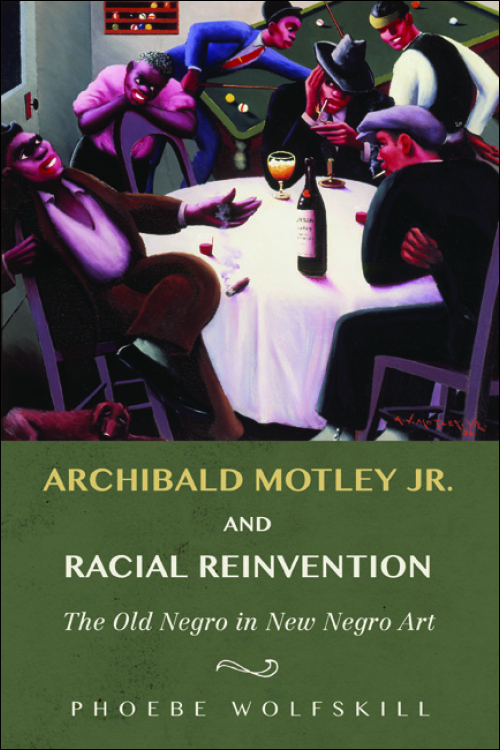From Mississippi to Chicago to Belarus, ancestors guide her way
Berkeley News
Berekeley, California
2019-10-03
Gretchen Kell, Director of Special Projects and Outreach
Office of Communications and Public Affairs
University of California, Berkeley

“My ancestors give me a sense of profound empathy and also a sense that humans have dealt with racism, xenophobia, for so long. … It makes me both deeply sad and activated to try and do whatever I can to interrupt that,” says Tina Sacks, assistant professor of social welfare. (Photo by Carlos Javier Ortiz) |
During the 400th anniversary of the arrival of enslaved Africans to the English colonies, we’re highlighting members of the campus community whose personal stories, often marked by racism and discrimination, inform their life’s work. We begin with Tina Sacks, UC Berkeley assistant professor of social welfare, who tells of the struggles, self-determination and achievements of her African American and Jewish ancestors.
“Like many young people, when I was growing up I didn’t think much about my mother’s origins. I knew she was from Mississippi, and she had a strong Southern accent, but it washed over me. Most of the black people I knew in Chicago sounded like her, because the vast majority of them were Southerners who were part of the Great Migration.
My mom, Bette Parks Sacks, was born in 1939 and came of age at a difficult time. She was the middle child of 10 kids; one was stillborn, and her brother died when he was only 7 years old. When she was 13, her mother, Lucille, died. My grandfather, J.B. Parks, and his family were sharecroppers in the town of Walnut, about an hour south of the Mississippi/Tennessee border. My mom talked all the time about their deep, deep poverty, the hunger, the cold. She talked all the time about being hungry and cold. She didn’t have shoes — she may have had one pair of shoes a year, but often walked barefoot. By the time she was 6, she was picking cotton and could drag 100 pounds of it behind her. She described having a long burlap bag that she put cotton in. It hooked around her arm and trailed behind her. Sometimes, in the fields, it was so hot that she said she’d literally vomit, and then just keep going…
…The story of my dad, Stanley, is also one of movement. His people were Jewish and came from a different part of the world. They’re less known to me, because my father doesn’t know much about them. But I was very close to my dad’s mother, Dora. She did not read or write in English. Yiddish was her first language. Once I learned to drive, I would take her to the grocery store, and she had her list written in Yiddish. I heard bits and pieces about her life in the Old Country, now probably Belarus, in a shtetl outside of Minsk. As a teenager, she survived many programs [pogroms?] before World War II that essentially were ethnic cleansing, and she once hid in a barn under hay for a week while soldiers looted and burned. She was 19 when she came to the U.S. on a ship with my paternal grandfather. They had met in Belarus, but got married here. Many of my grandmother’s relatives died in the camps during World War II. She never saw her parents again. But she would never talk about it. Only once she spoke about one of her cousins, whose infant was shot by an SS guard in front of her, and she is said to have died of a heart attack, right there…
Read the entire article here.







